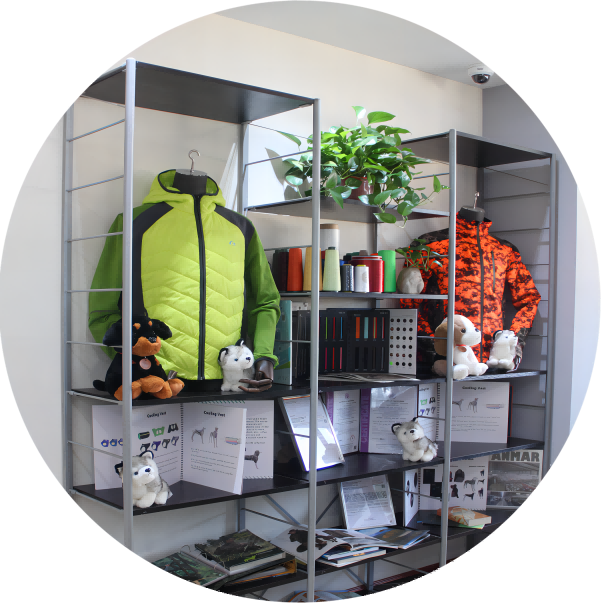Nov . 09, 2024 18:09 Back to list
Effective Dog Training Treat Bag for Convenient Pet Training Assistance
The Essential Guide to Dog Training Treat Bags
When it comes to training our furry companions, one of the most effective tools we can use is positive reinforcement. This often comes in the form of treats, which reward dogs for good behavior and encourage them to learn new commands. However, the way we carry and dispense these treats can significantly affect the training process. This is where dog training treat bags come into play. In this article, we'll explore the benefits of using treat bags, key features to look for, and how to effectively utilize them for training your dog.
Benefits of Using Dog Training Treat Bags
1. Convenience One of the primary benefits of using a treat bag is convenience. When you are in the middle of a training session, fumbling through pockets or purses for treats can interrupt the flow of training. A dedicated treat bag allows you to have quick access to treats, making it easier to maintain your dog's focus and enthusiasm.
2. Hands-free Training Modern dog training treat bags often come with clips and adjustable straps that can be worn around your waist or across your body. This hands-free feature allows you to keep your hands free for other tasks, such as holding a leash or demonstrating a command.
3. Organized Storage Treat bags are designed to hold various types of treats, whether dry kibble, soft training treats, or even larger rewards for special achievements. Many bags have multiple compartments, allowing you to separate different kinds of treats, which can be advantageous depending on the training scenario.
4. Durability High-quality treat bags are made from durable, easy-to-clean materials that can withstand the rigors of outdoor training. Many are also designed to be weather-resistant, keeping your treats fresh and safe from the elements.
5. Distraction-free Using a treat bag helps keep your training environment distraction-free. When treats are securely stored in a bag, you reduce the risk of losing them or having them eaten by another dog. This helps maintain focus on the training exercise at hand.
Key Features to Look For
When selecting a dog training treat bag, there are several key features to consider
1. Size and Capacity Choose a bag that is appropriately sized for your needs. If you typically train for short periods, a smaller bag may suffice. However, for longer training sessions, opt for a larger capacity bag that can hold more treats.
pet products dog train treat bag

2. Closure Type Look for bags with secure closures, such as drawstrings, magnetic flaps, or zippers. This ensures that treats won't spill out while you're on the move.
3. Ease of Access A good treat bag should allow for quick access to treats. Some bags come with an opening that can be easily reached with one hand—ideal for training sessions where you need to reward your dog promptly.
4. Adjustable Straps Ensure that the treat bag has adjustable straps that can fit comfortably around your waist or over your shoulder. This will enhance mobility and comfort during training.
5. Cleaning and Maintenance Opt for a treat bag that is machine washable or easy to clean. Treats can create messes, and a bag that can be cleaned easily will save you time and hassle.
How to Use Treat Bags Effectively
1. Consistency is Key Always reward your dog immediately after they perform the desired behavior. This reinforcement helps them connect the action with the reward.
2. Use High-Value Treats During training, especially for challenging commands or new tricks, use high-value treats that your dog loves. This will keep them motivated and engaged.
3. Vary the Rewards Keep your training sessions exciting by varying the type of treat you use. This not only keeps your dog interested but can also help them learn to generalize commands.
4. Practice Regularly Training should be a regular part of your routine. Utilize your treat bag to make daily training sessions quick and efficient, reinforcing commands and behaviors consistently.
In conclusion, a dog training treat bag is an invaluable accessory for any dog owner looking to enhance their training sessions. By providing convenience, organization, and effective reinforcement, these bags play a crucial role in building a positive training experience for both you and your furry friend. With the right treat bag and mindful training techniques, you can build a strong, communicative relationship with your dog that fosters learning and joy.
-
Dog Sweater with Harness Hole - Manufacturer & Suppliers Custom Factory Options
NewsJul.08,2025
-
Pet Apparel Reflective Dog Harness - Safety Vest Manufacturer & Factory Wholesale Price
NewsJul.08,2025
-
Pet Apparel Dog Winter Parka - Reflective, Warm, and Durable Jackets for Dogs
NewsJul.07,2025
-
Pet Products Safety Gear Puppy Collar – Reflective & Durable Collars for Puppies
NewsJul.07,2025
-
Premium Large Dog Coats for Winter Reliable Suppliers & Manufacturers
NewsJul.07,2025
-
Safety Reflective Puppy Harness – Secure Outdoor Gear for Dogs Reliable Manufacturers & Suppliers
NewsJul.06,2025

